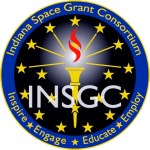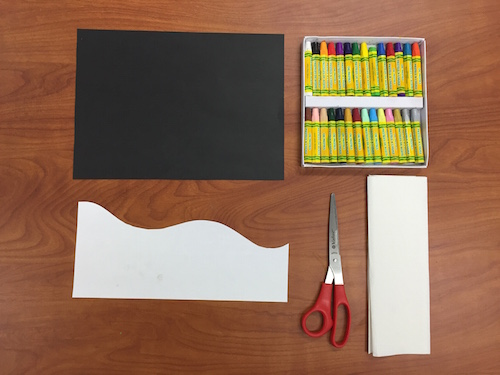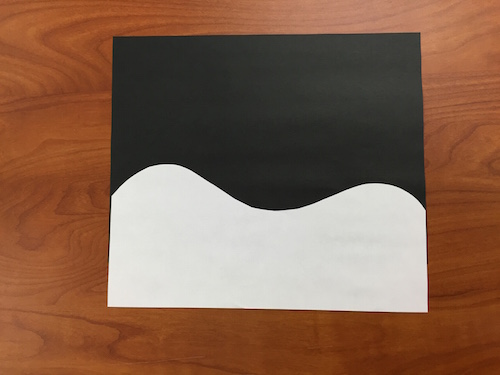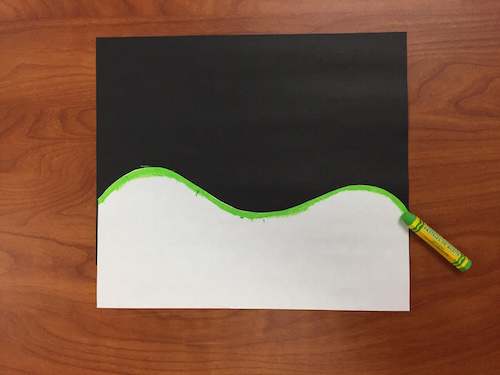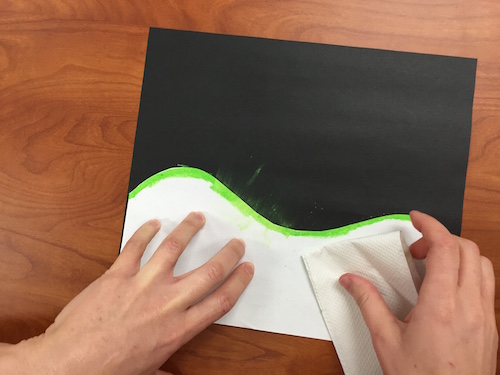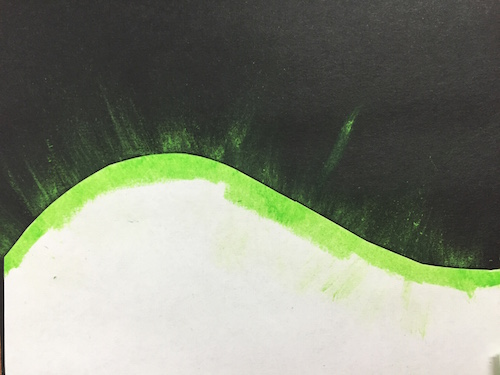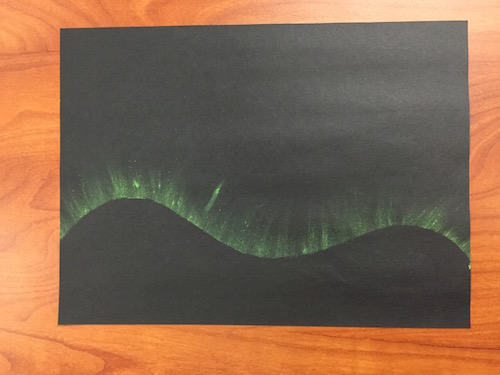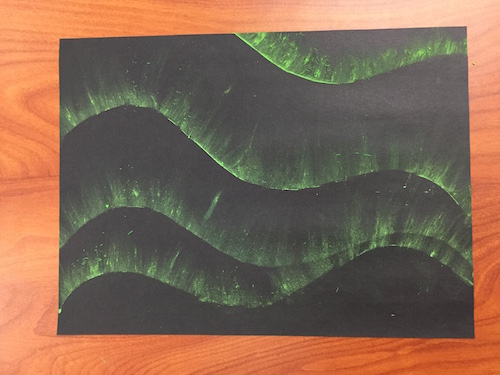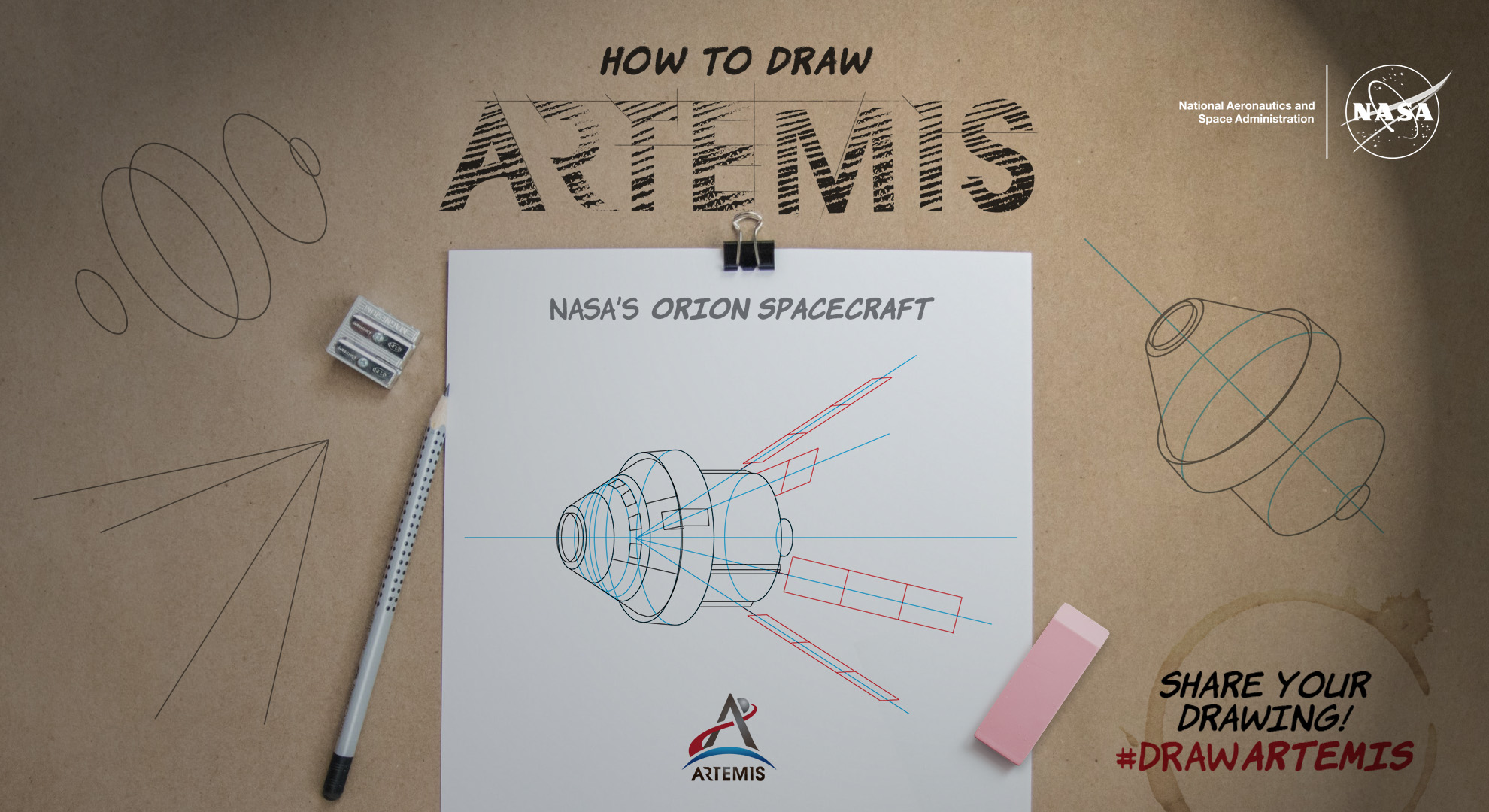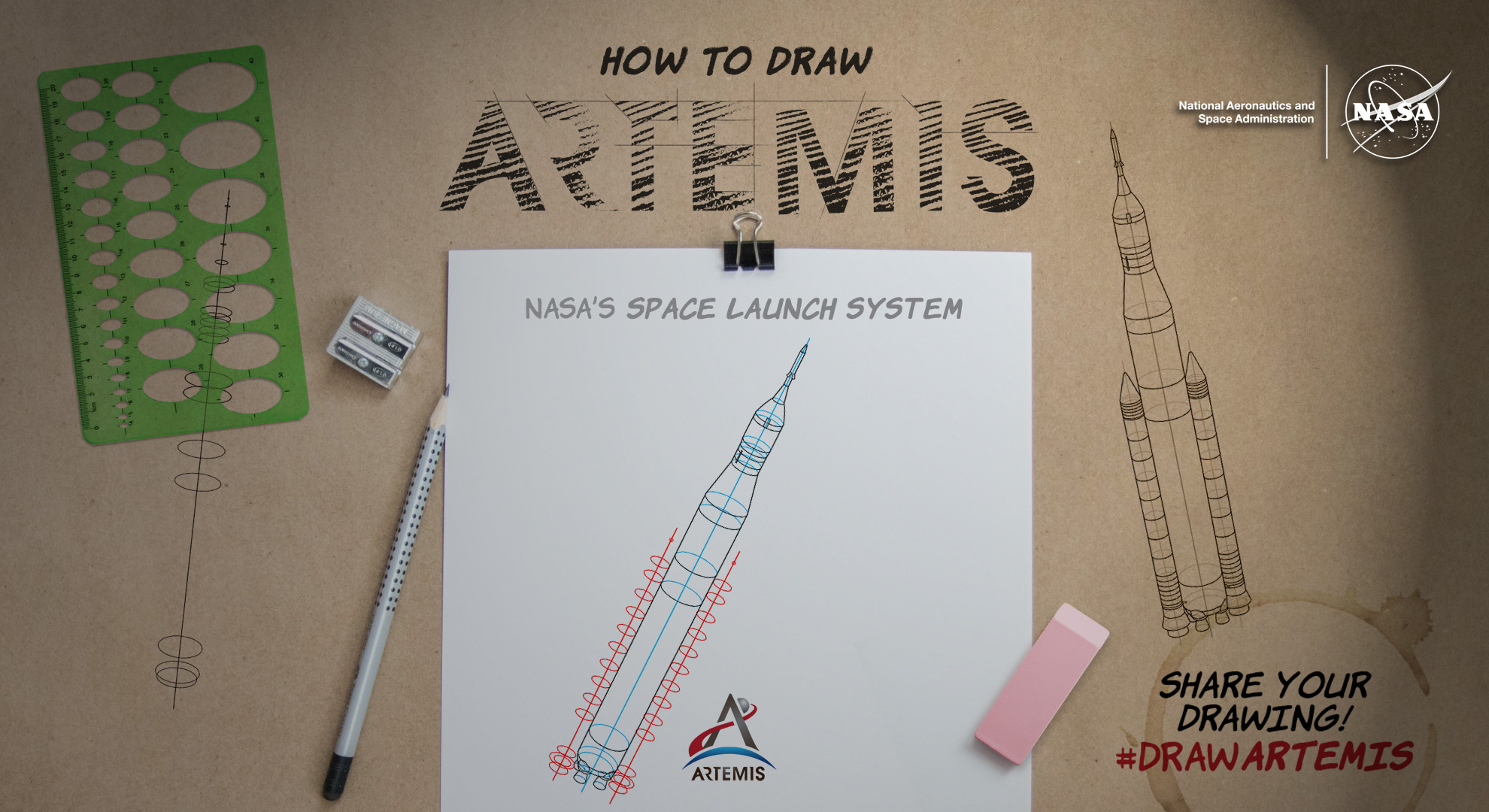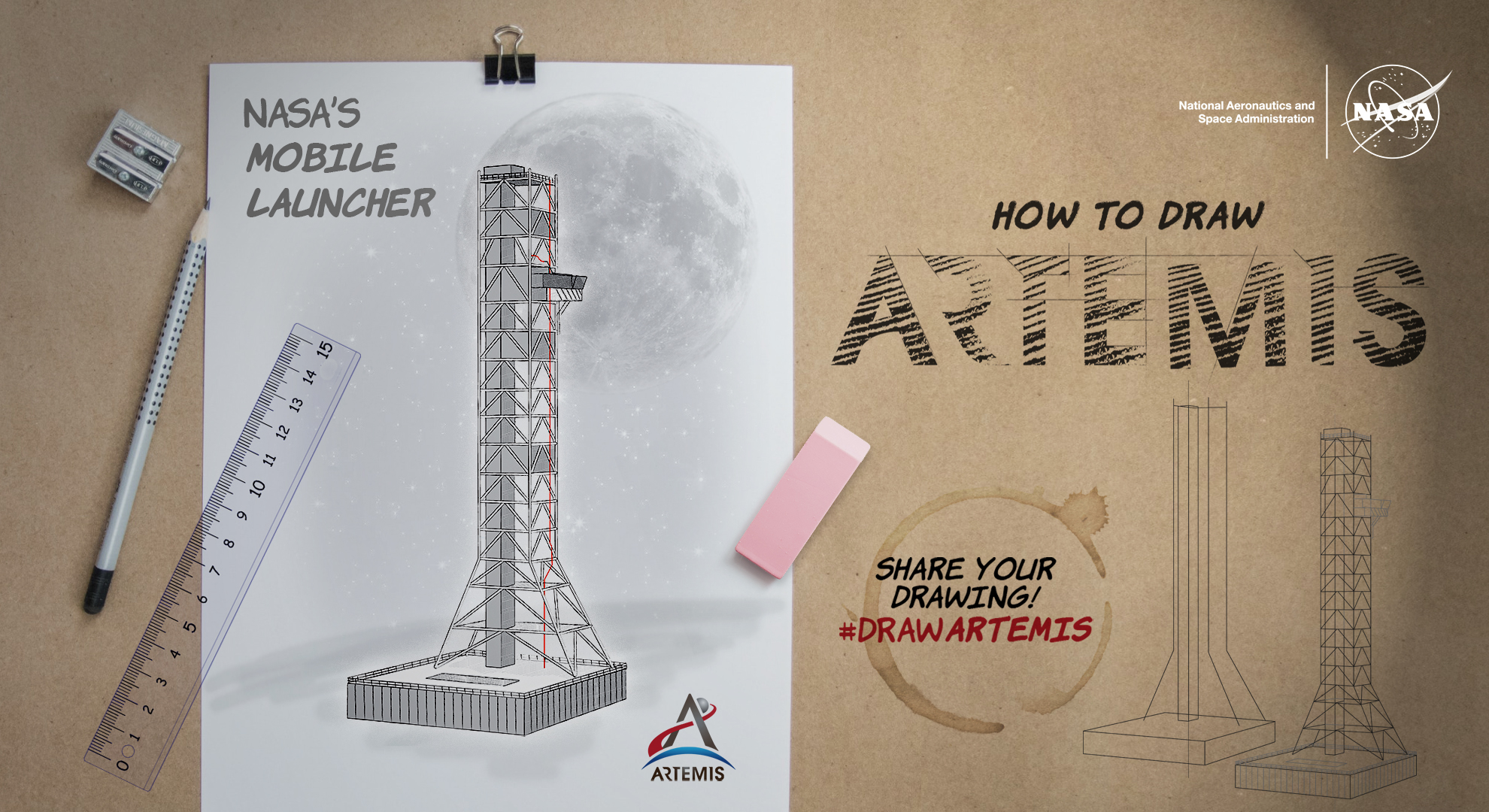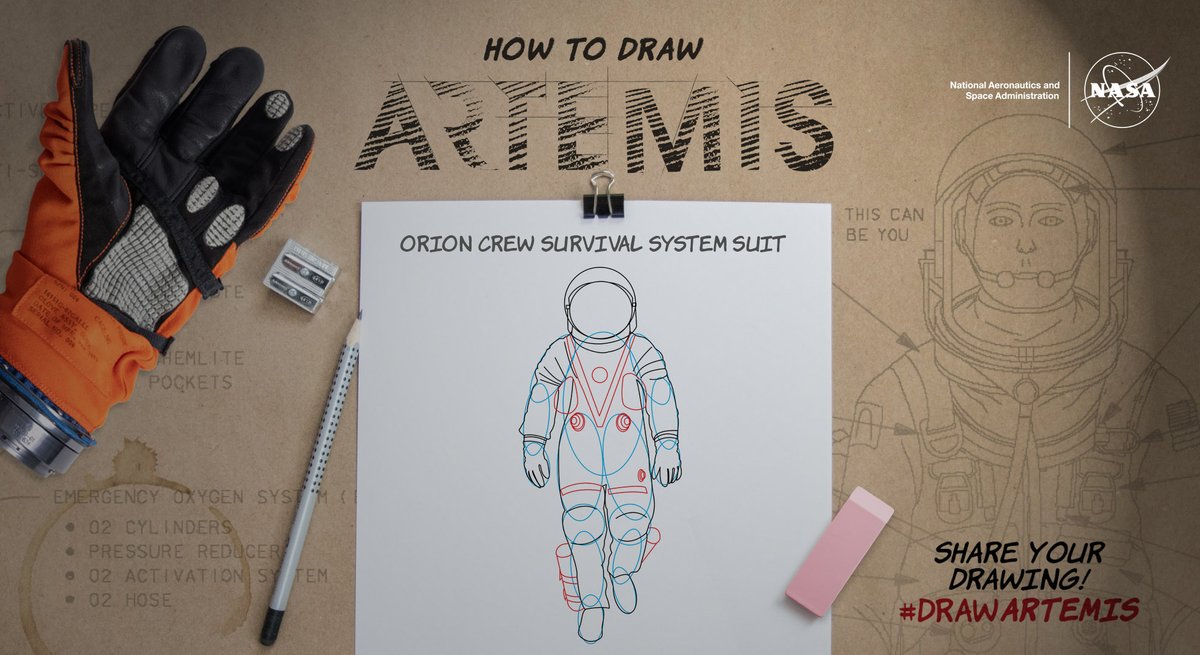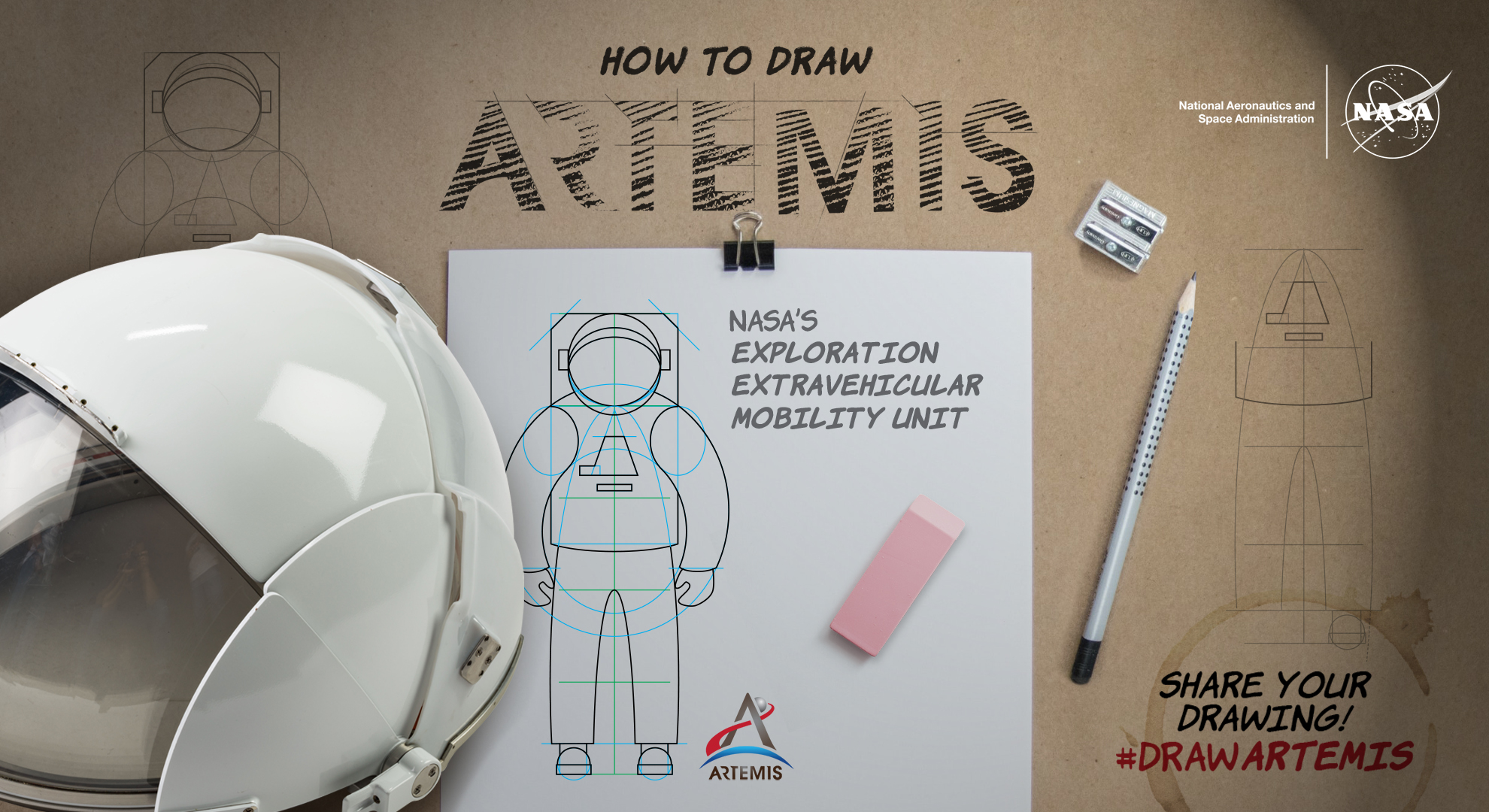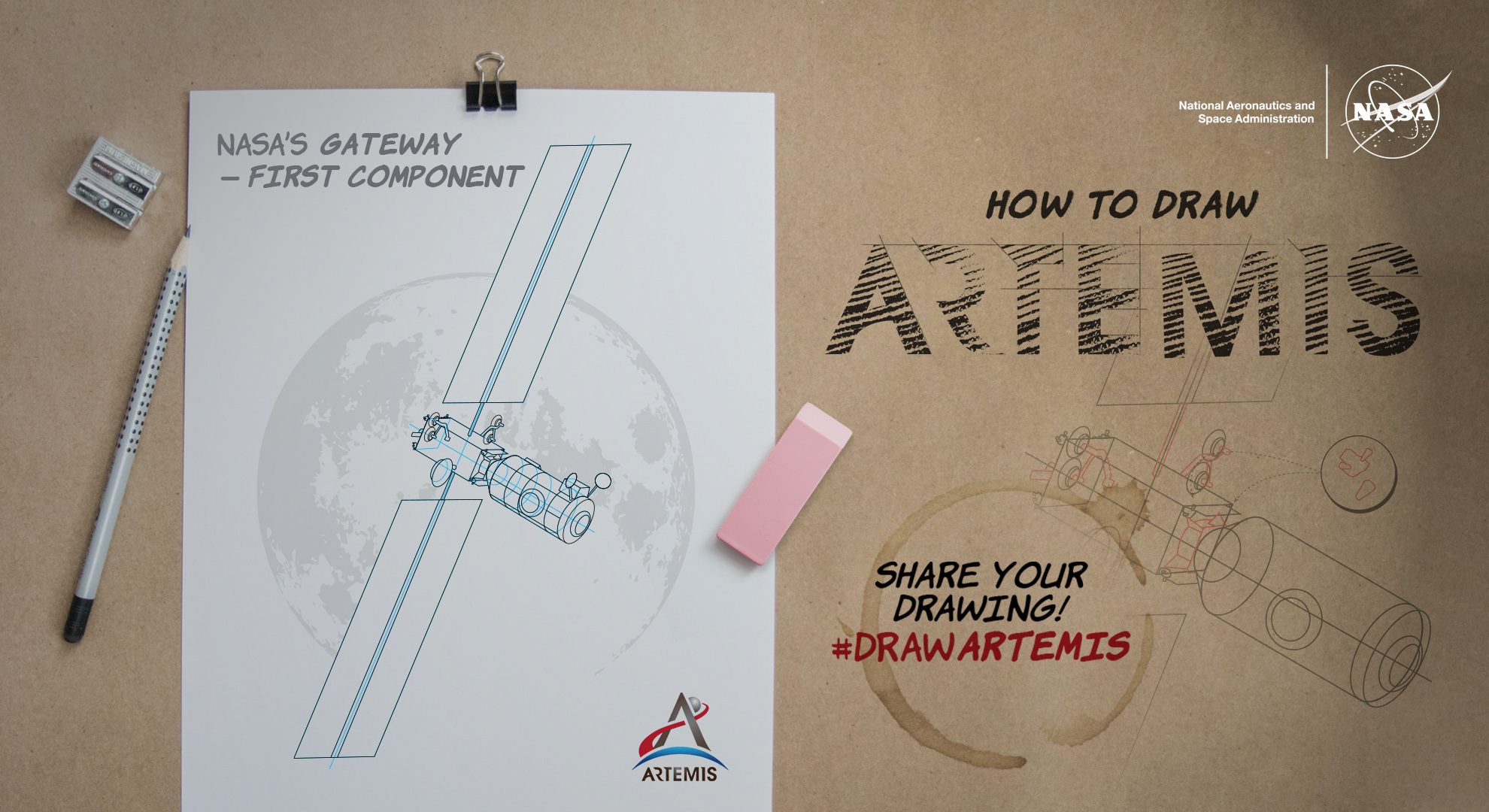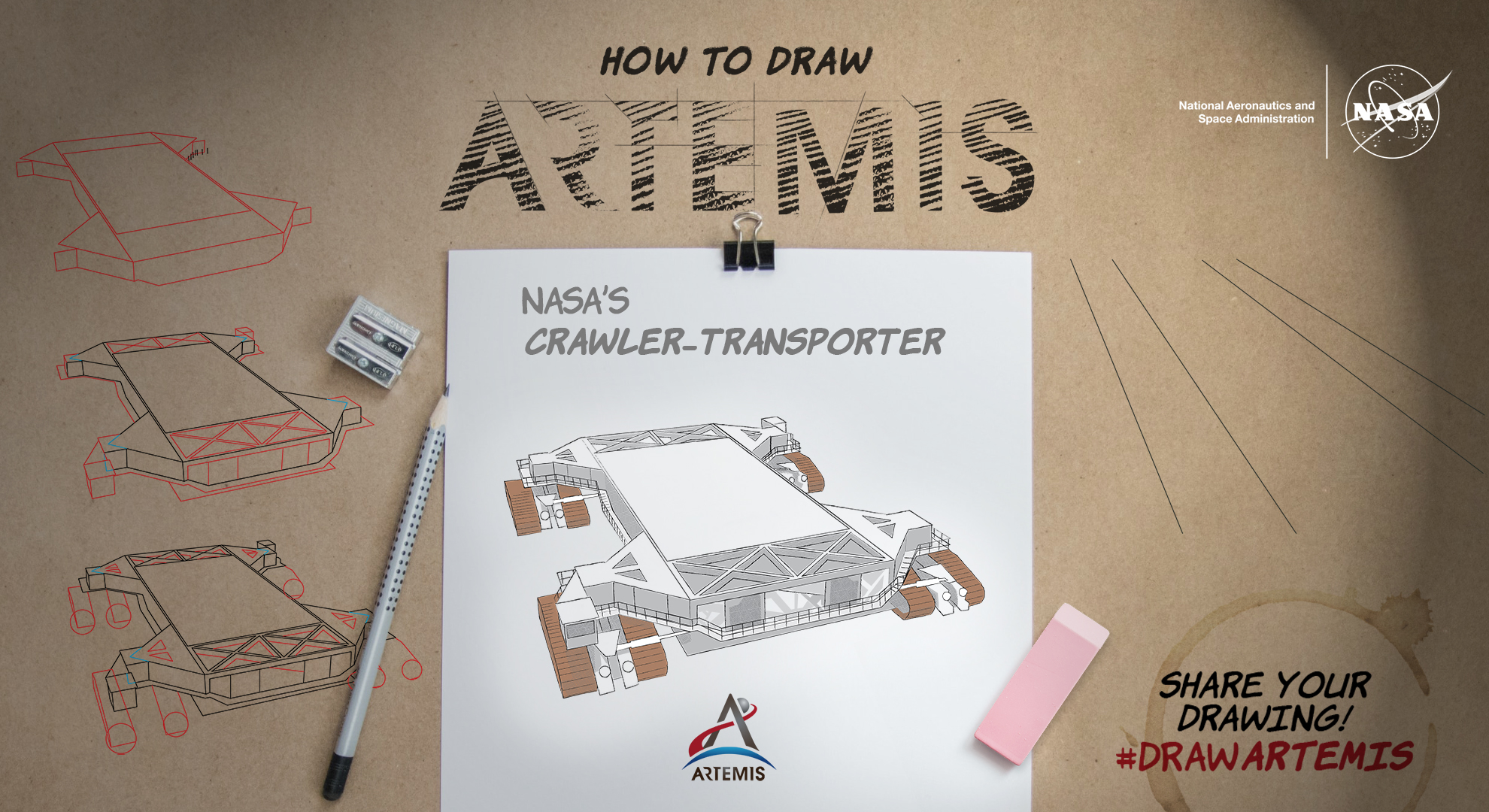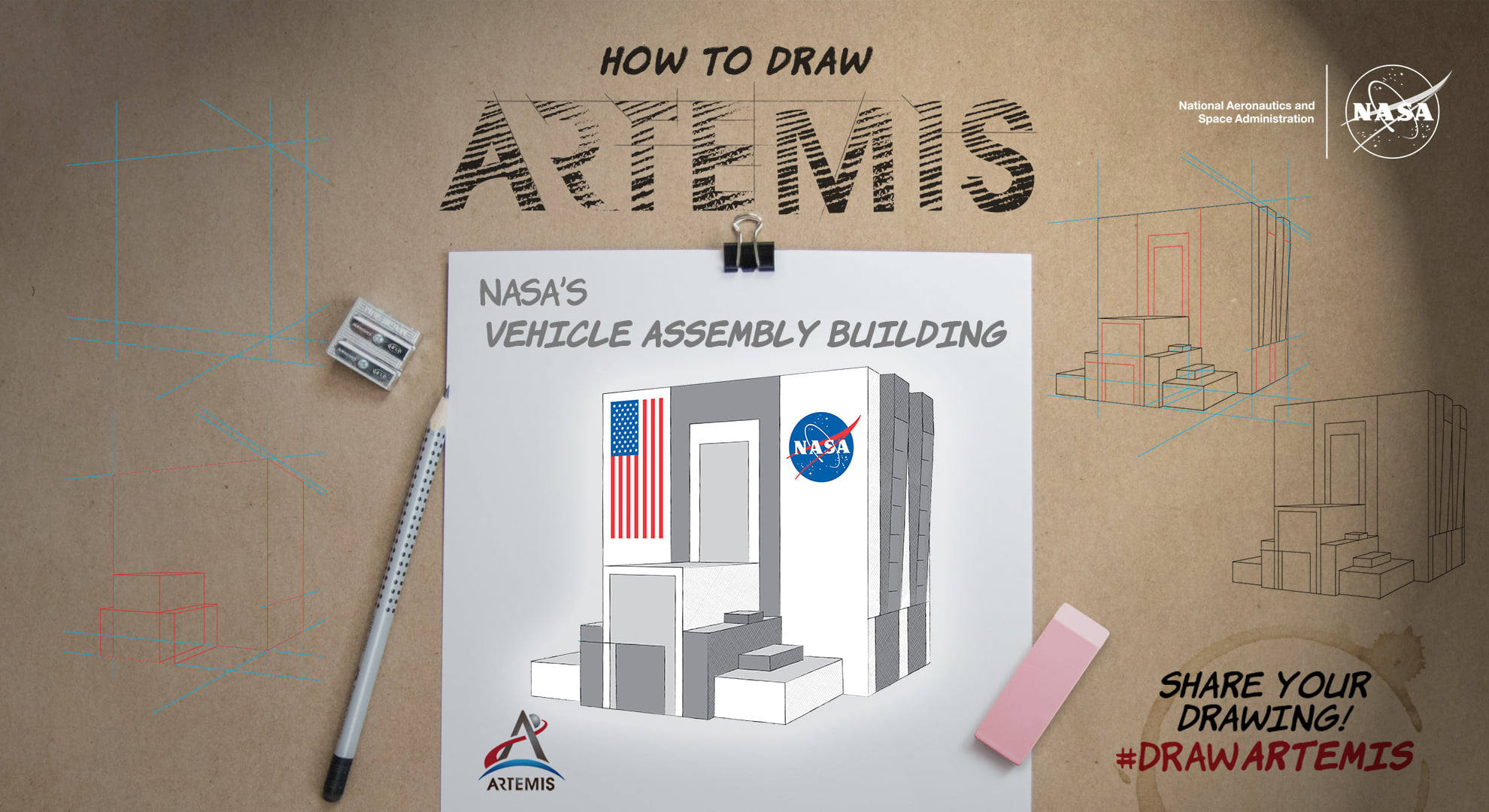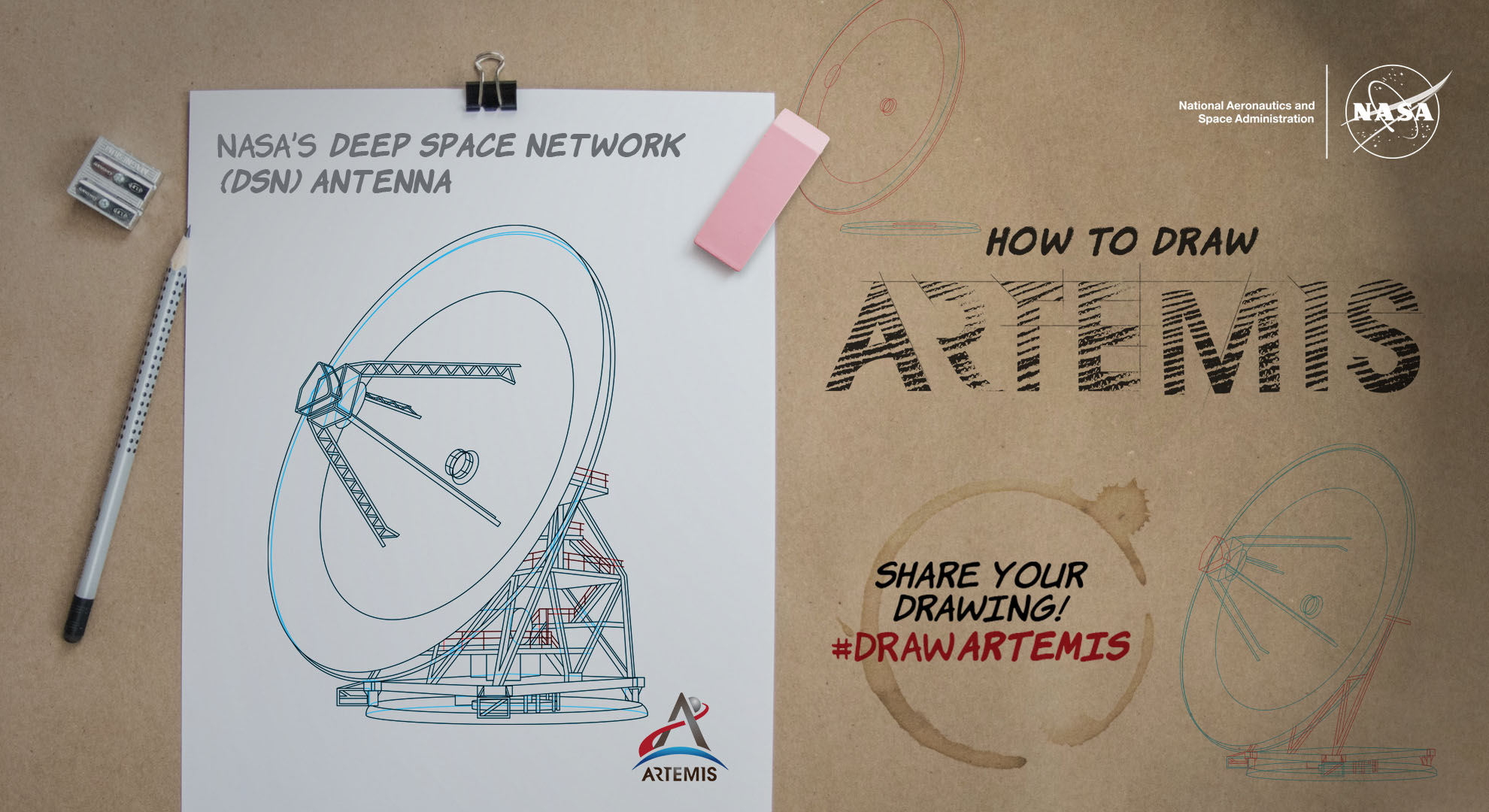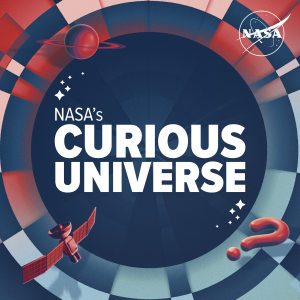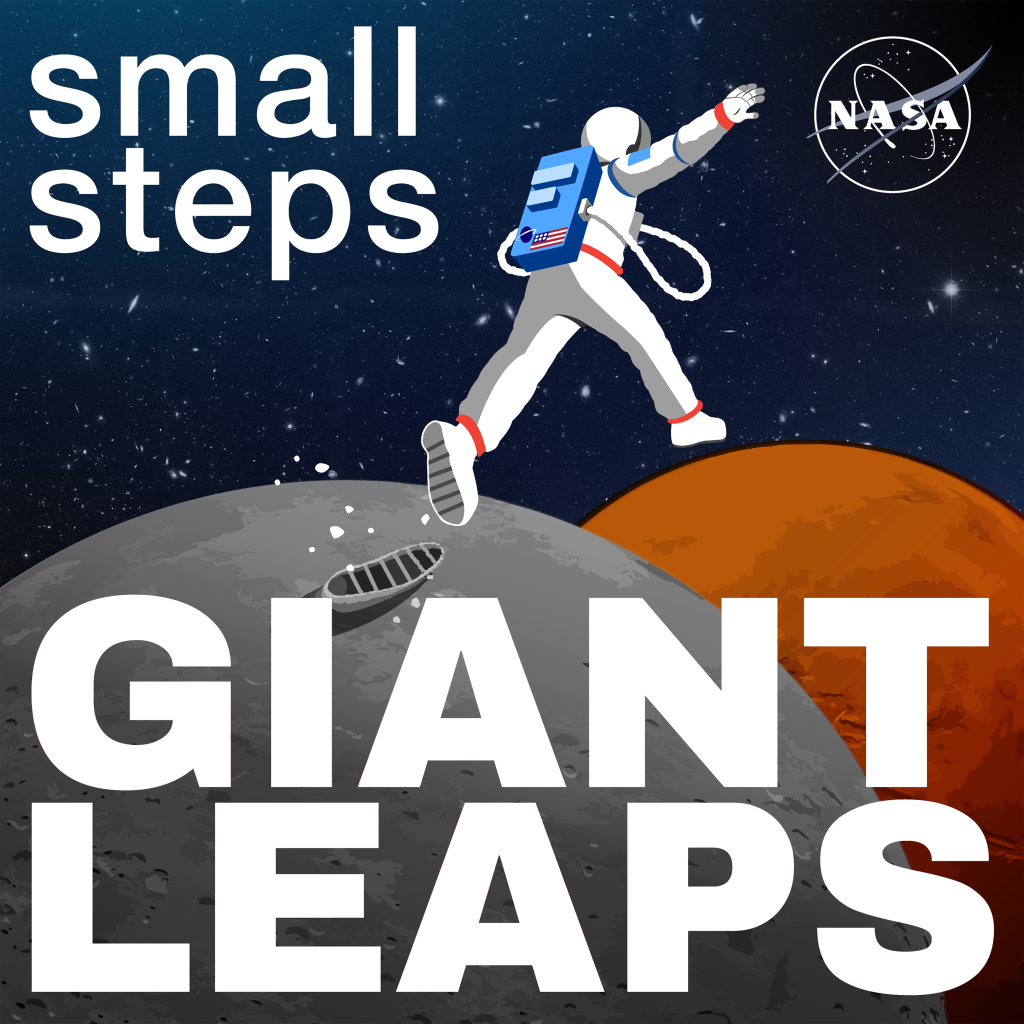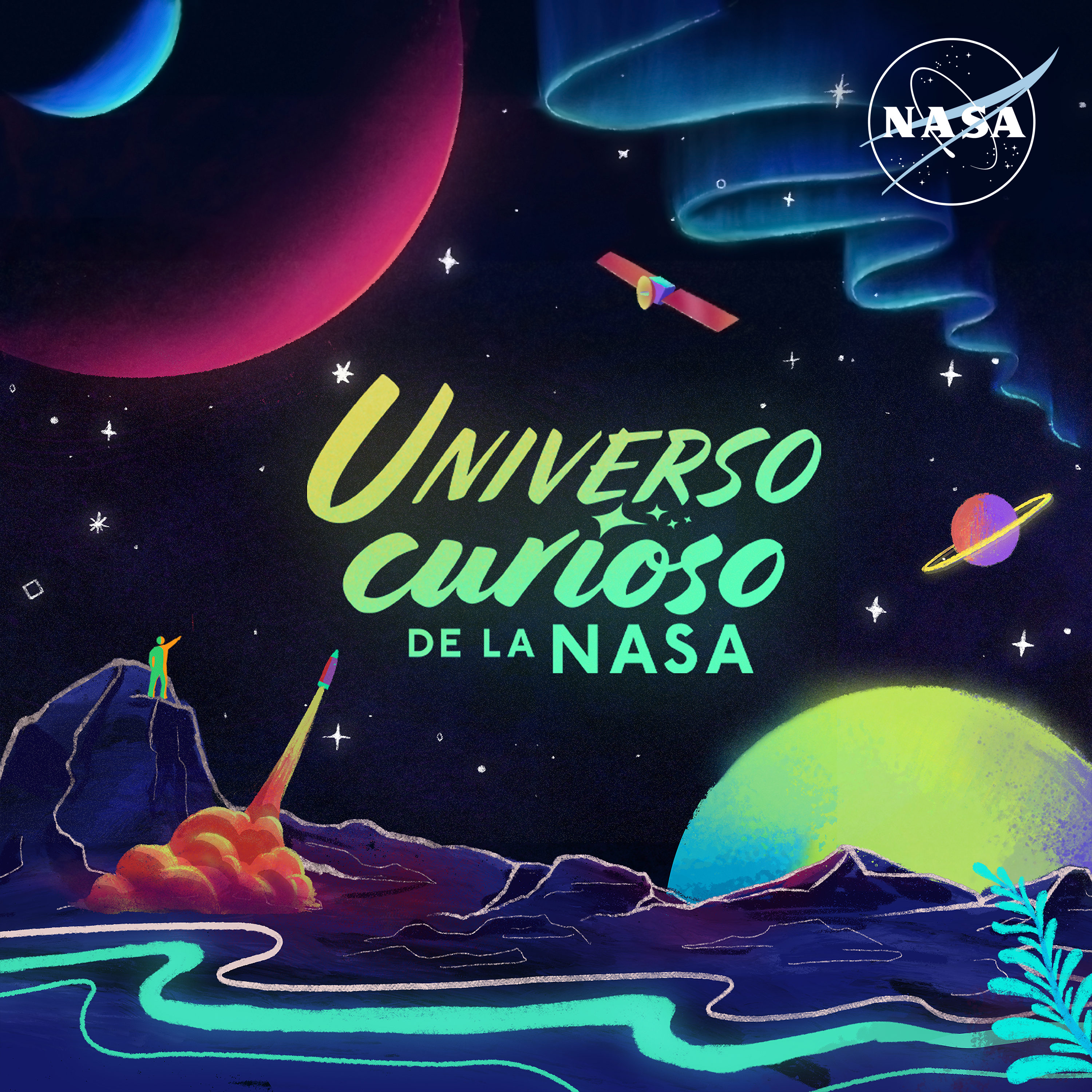Build your own GPM Core Observatory; Paper Model
Follow the included directions to cut, fold and glue your way to a model of the GPM Core Observatory. You will need to print out the three pages of pieces (in color on cardstock if possible), and also have on hand one large and one small paperclip, a toothpick, scissors and glue. The Global Precipitation Measurement (GPM) mission is an international network of satellites that are all looking down on Earth and measuring precipitation from above. The GPM concept centers on the deployment of the GPM Core Observatory, a satellite carrying two advanced instruments to measure precipitation all over the world every three hours. The data from these two instruments will be used to standardize precipitation measurements made by an international network of partner satellites. Not only will this data give us a better picture of global precipitation, it will help advance our understanding of Earth's water and energy cycles and improve fore casting of extreme events like floods, droughts, landslides and hurricanes.
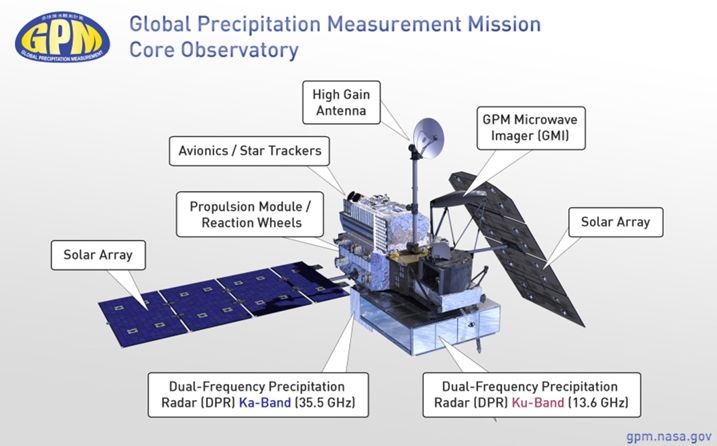
Below are the pages to download for the GPM building template
Bring your colossal creativity to giant Jupiter!
Make a Pastel Aurora!
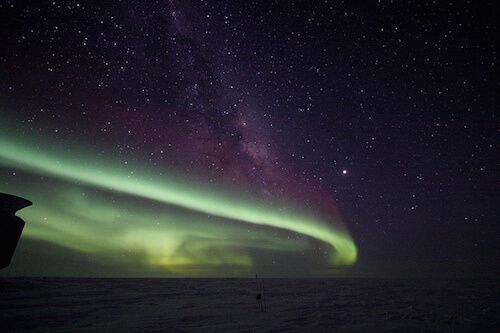
Landsat 9 Mission (Coloring Pages below)
WHAT is Landsat 9? Landsat 9 was successfully launched on Monday, Sept. 27, 2021 from Vandenberg Space Force Base in California. Landsat 9 data is publicly available from USGS.
Landsat 9—a partnership between NASA and the U.S. Geological Survey— continues the Landsat program’s critical role in monitoring, understanding and managing the land resources needed to sustain human life.
Today’s increased rates of global land cover and land use change have profound consequences for weather and climate change, ecosystem function and services, carbon cycling and sequestration, resource management, the national and global economy, human health, and society.
Landsat is the only U.S. satellite system designed and operated to repeatedly observe the global land surface at a moderate scale that shows both natural and human-induced change.
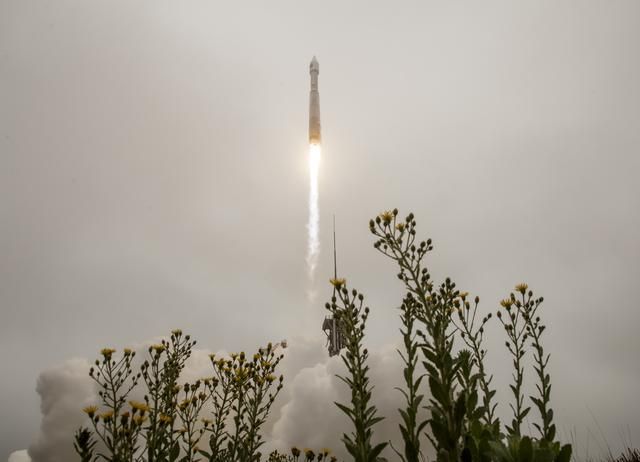
Coloring pages below
Learn How to Draw Artemis!
Take Flight with Latest NASA Space Crafts Activities on Aeronautics: Build your very own NASA paper airplane
Credits: NASA’s Langley Research Center
Aeronautics is the first “A” in NASA, and Langley Research Center has played a pivotal role in the field since the early 20th century.
The air transportation system has a profound impact on access and economic growth, on technological innovation, on the environment, and on the people it serves. NASA’s researchers perform critical aeronautics research on everything from air safety and aerospace engineering, to fixed-wing aircraft and rotary-wing aircraft, to wake vortex behavior and unmanned aerial systems.
Click "plane template" below and get to folding your very own NASA airplane!
NASA’s Webb Takes Star-Filled Portrait of Pillars of Creation
NASA’s James Webb Space Telescope has captured a lush, highly detailed landscape – the iconic Pillars of Creation – where new stars are forming within dense clouds of gas and dust. The three-dimensional pillars look like majestic rock formations, but are far more permeable. These columns are made up of cool interstellar gas and dust that appear – at times – semi-transparent in near-infrared light.
Webb’s new view of the Pillars of Creation, which were first made famous when imaged by NASA’s Hubble Space Telescope in 1995, will help researchers revamp their models of star formation by identifying far more precise counts of newly formed stars, along with the quantities of gas and dust in the region. Over time, they will begin to build a clearer understanding of how stars form and burst out of these dusty clouds over millions of years.

Newly formed stars are the scene-stealers in this image from Webb’s Near-Infrared Camera (NIRCam). These are the bright red orbs that typically have diffraction spikes and lie outside one of the dusty pillars. When knots with sufficient mass form within the pillars of gas and dust, they begin to collapse under their own gravity, slowly heat up, and eventually form new stars.
What about those wavy lines that look like lava at the edges of some pillars? These are ejections from stars that are still forming within the gas and dust. Young stars periodically shoot out supersonic jets that collide with clouds of material, like these thick pillars. This sometimes also results in bow shocks, which can form wavy patterns like a boat does as it moves through water. The crimson glow comes from the energetic hydrogen molecules that result from jets and shocks. This is evident in the second and third pillars from the top – the NIRCam image is practically pulsing with their activity. These young stars are estimated to be only a few hundred thousand years old.
Although it may appear that near-infrared light has allowed Webb to “pierce through” the clouds to reveal great cosmic distances beyond the pillars, there are almost no galaxies in this view. Instead, a mix of translucent gas and dust known as the interstellar medium in the densest part of our Milky Way galaxy’s disk blocks our view to much of the of the deeper universe.
This scene was first imaged by Hubble in 1995 and revisited in 2014, but many other observatories have also stared deeply at this region. Each advanced instrument offers researchers new details about this region, which is practically overflowing with stars.
This tightly cropped image is set within the vast Eagle Nebula, which lies 6,500 light-years away.
Another Great Resource
Check out the latest NASA activities and opportunities for students, teachers and families. There are now multiple different ways to connect at home due to the Coronavirus. What else could you possibly have better to do with all of your free time?
NASA’s new Internet and social media special, NASA at Home, will show and engage you in the agency’s discoveries, research, and exploration from around the world and across the universe – all from the comfort of your own home.
NASA at Home offers something for the whole family. It brings together a repository of binge-worthy videos and podcasts, engaging E-books on a variety of topics, do-it-yourself projects, and virtual and augmented reality tours, which include the agency’s Hubble Space Telescope and International Space Station, as well as an app that puts you in the pilot’s seat of a NASA aircraft.
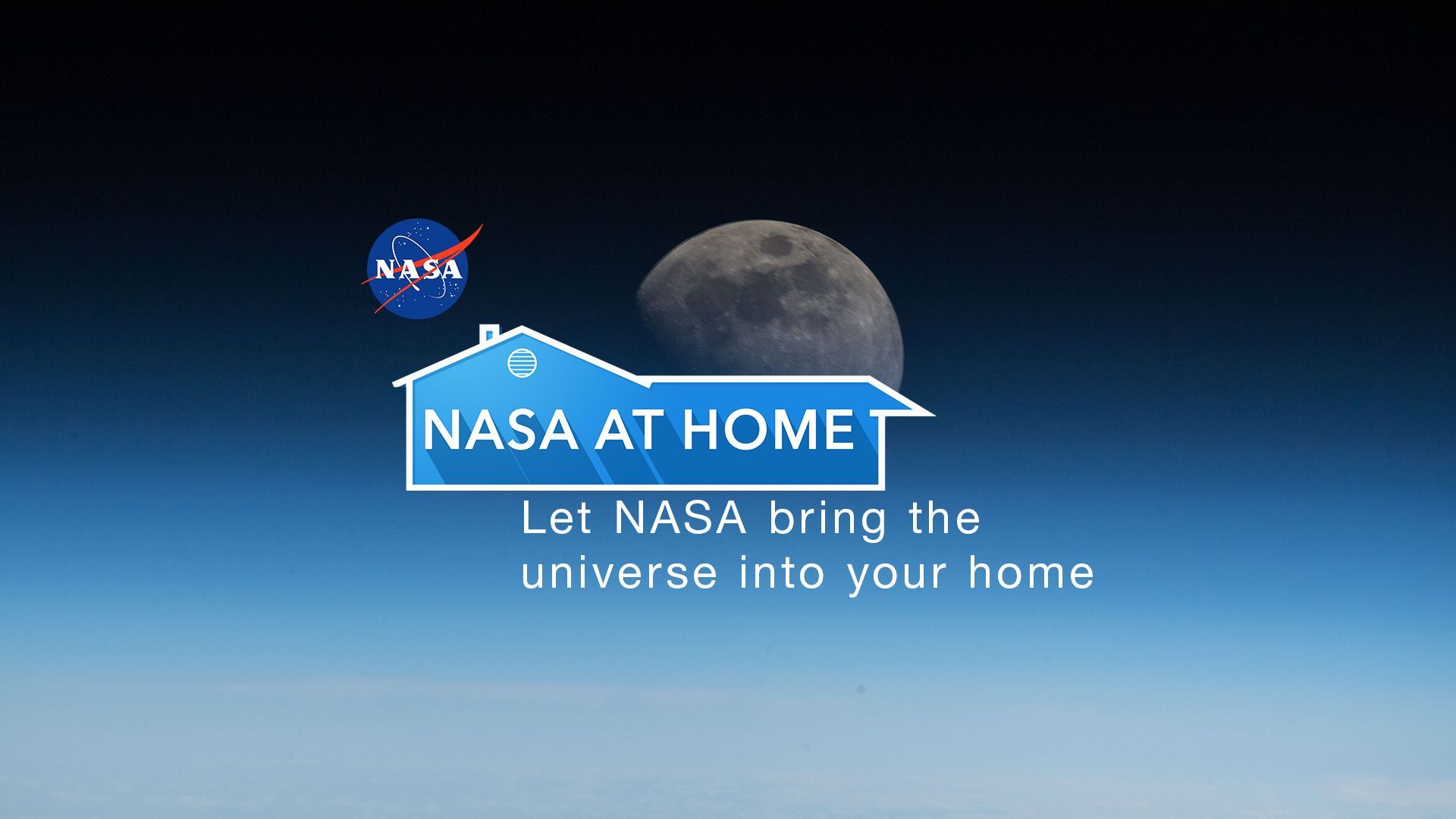
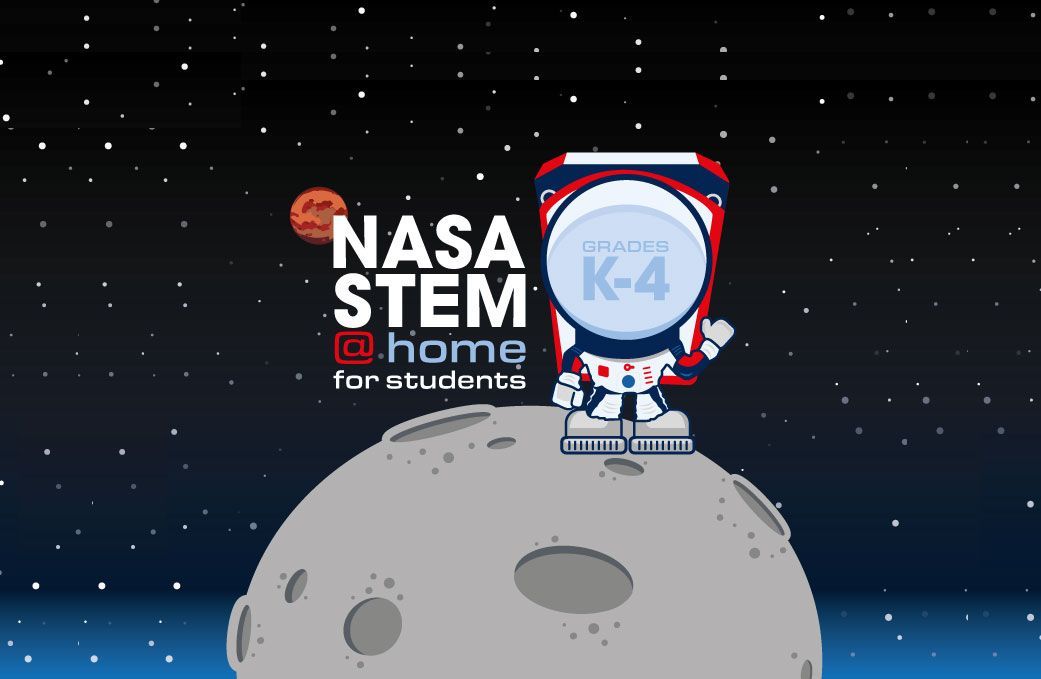
List of Resources
- Learn without limits at Coursera | Degrees, Certificates, & Free Online Courses
- Pathway to Space Specialization at Pathway to Space Specialization [4 courses] (CU Boulder) | Coursera
- Pathway to Space Video available at Chris Koehler - YouTube
- Learn more about the Embedded Teacher Program at Embedded Teacher Program | Wisconsin Space Grant Consortium | Carthage College
- Teachers can learn more at Making Space for Teachers
- Smart Skies with NASA Smart Skies (nasa.gov)
Hubble
What is the Hubble revealing about our universe? Check out this video that was just recently uploaded by NASA on April 29th.
NASA TV
NASA Television is a good resource. When not showing live news coverage, NASA TV airs a variety of programming. Viewers may see views of the Earth from the International Space Station; replays of mission operations or news conferences; or episodes of produced programs. For the next live program, please see Upcoming Live Events on NASA TV. To Check out NASA TV directly, click the image on the right.
Whats more interesting then going on a field trip? What if that field trip was going to be outside of this planet? Im here to tell you that we can make this happen with our Virtual Field Trips. Explore the latest engineering, technology, and manufacturing at Boeing with these Virtual Field Trips.
Boeing also offers these 360°extended reality videos. The following 360° extended reality experiences allow students to imagine themselves in places like Mars and to see how science, technology, engineering, and math is allowing humans to explore, learn, and create in ways we never have before.
E-Books
Another great resource that anyone can access is the Ebooks that NASA has to offer. Click below to learn more:
Spot The International Space Station
Watch the International Space Station pass overhead from several thousand worldwide locations. It is the third brightest object in the sky and easy to spot if you know when to look up.
Visible to the naked eye, it looks like a fast-moving plane only much higher and traveling thousands of miles an hour faster!
Click the link below to track the Space Station:
NASA @ Home Podcasts
Our universe is a wild and wonderful place. Join NASA astronauts, scientists and engineers on a new adventure each week — all you need is your curiosity. Tap in and listen to these interesting podcasts by clicking below.
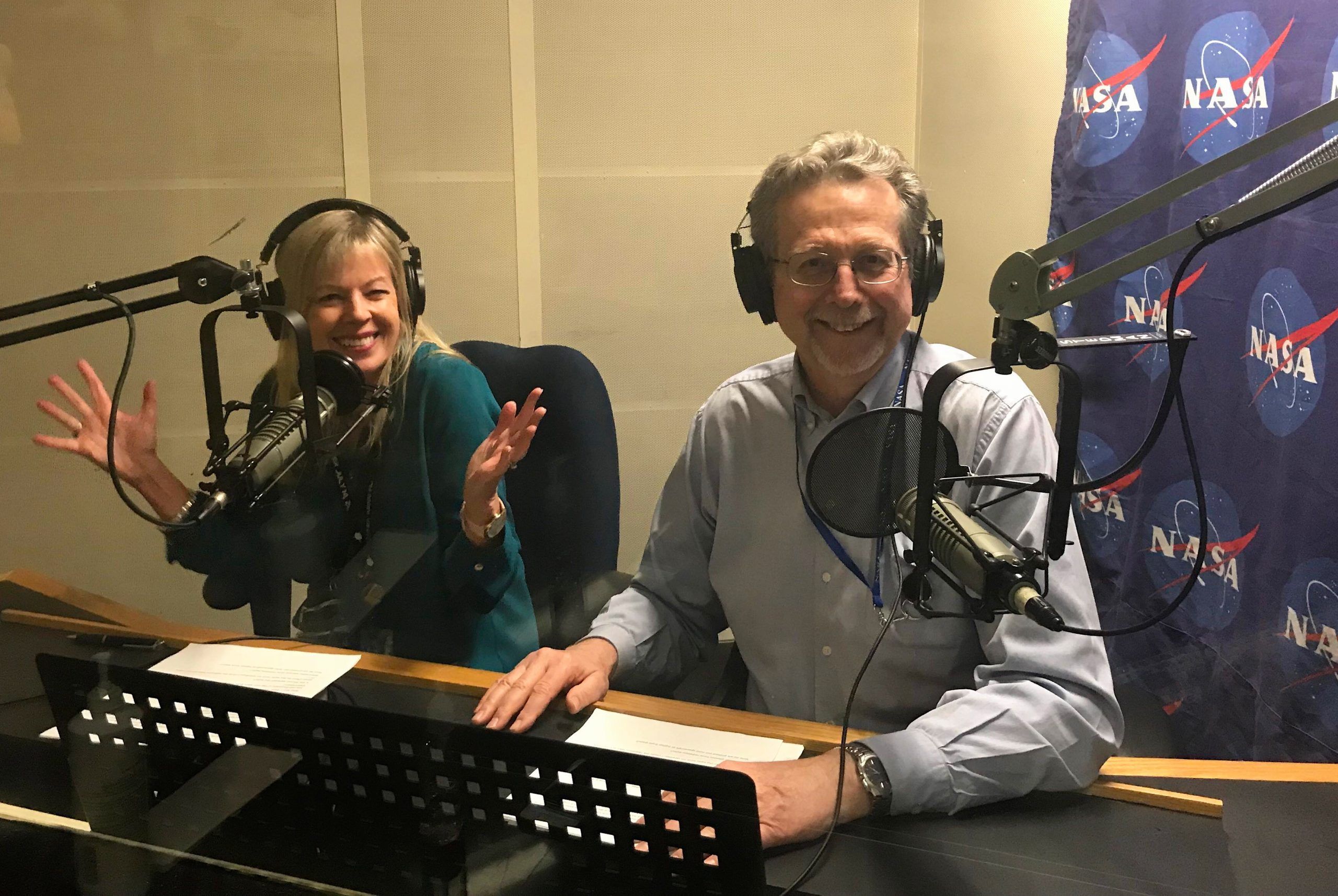
Welcome to Space Math @ NASA.
SpaceMath@NASA introduces students to the use of mathematics in today's scientific discoveries. Through press releases and other articles, we explore how many kinds of mathematics skills come together in exploring the universe.
Click the button below to be redirected to Space Math @ NASA.
